pre calc final
1/93
There's no tags or description
Looks like no tags are added yet.
Name | Mastery | Learn | Test | Matching | Spaced |
|---|
No study sessions yet.
94 Terms
y=x parent graph
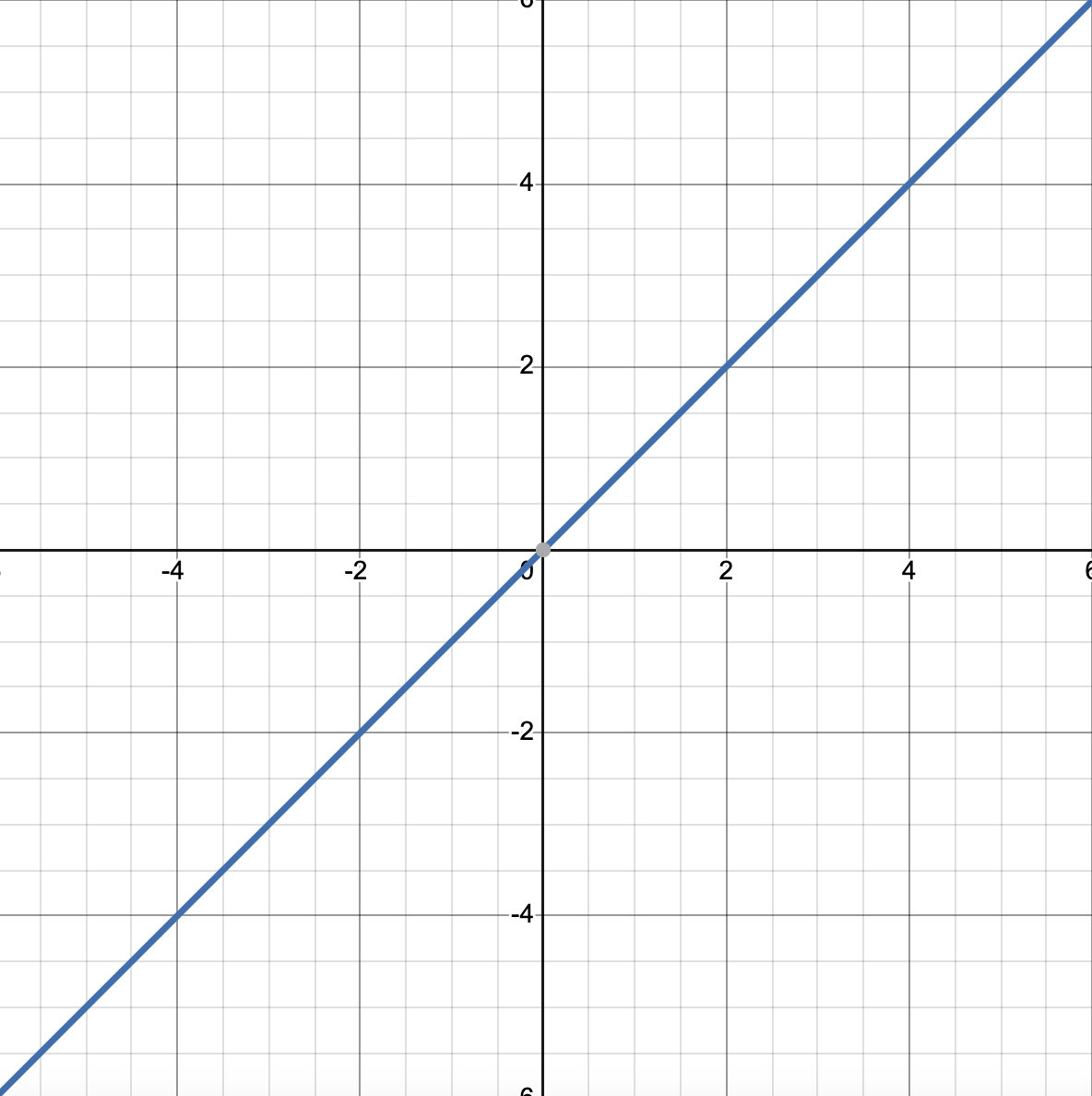
y=x² parent graph

y=x³ parent graph
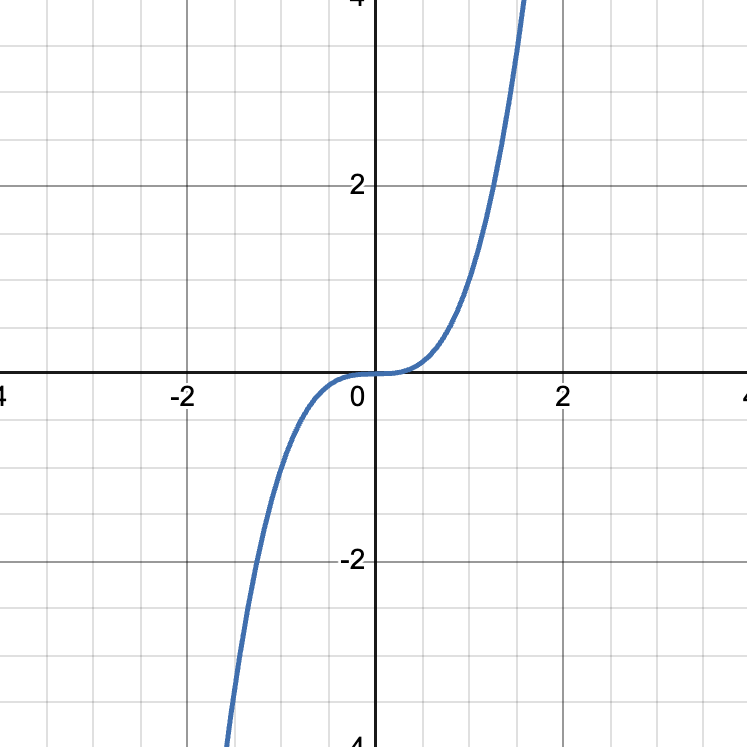
y=sqrt(x) parent graph
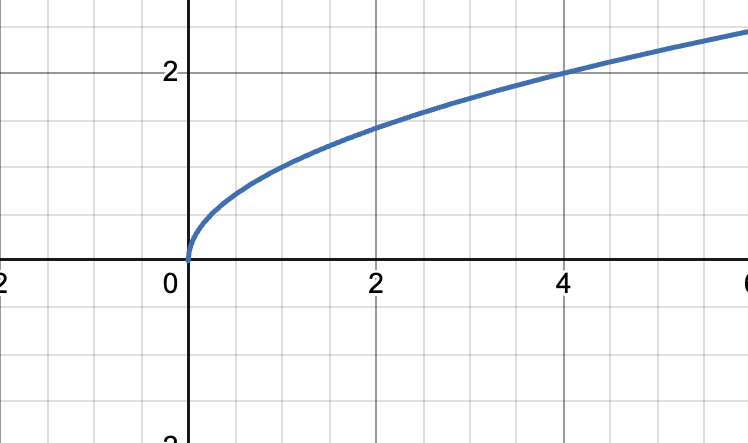
y=|x| parent graph
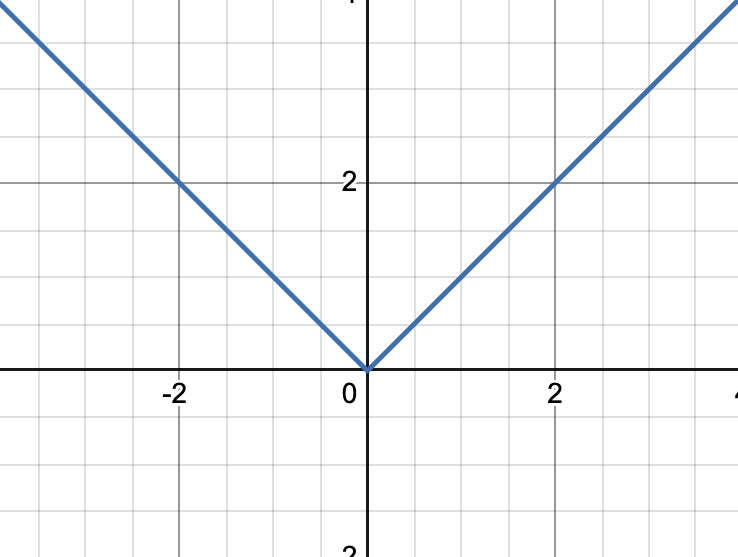
y=e^x parent graph
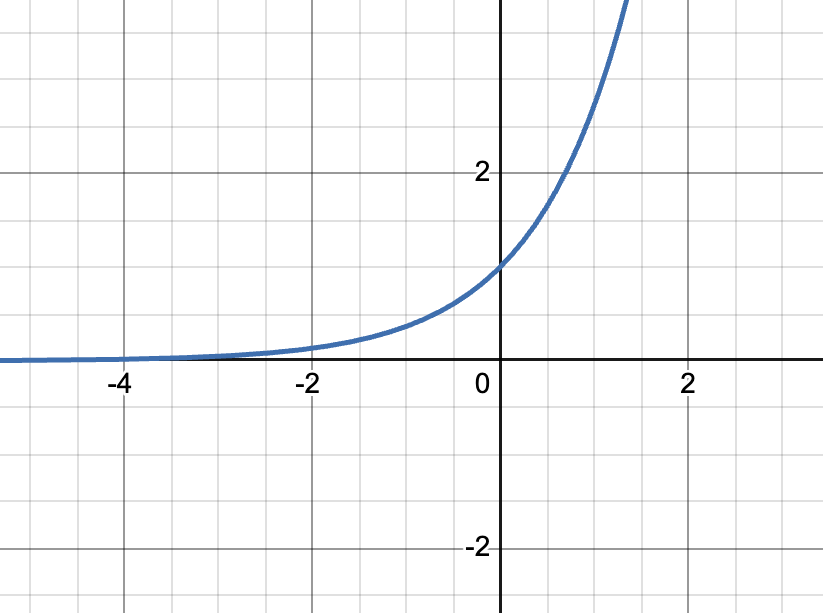
y=lnx parent graoh
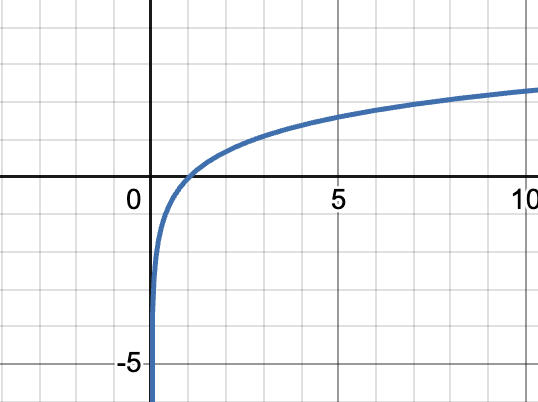
x²+y²=1 parent graph

y=1/x parent graph

y=sinx parent graph
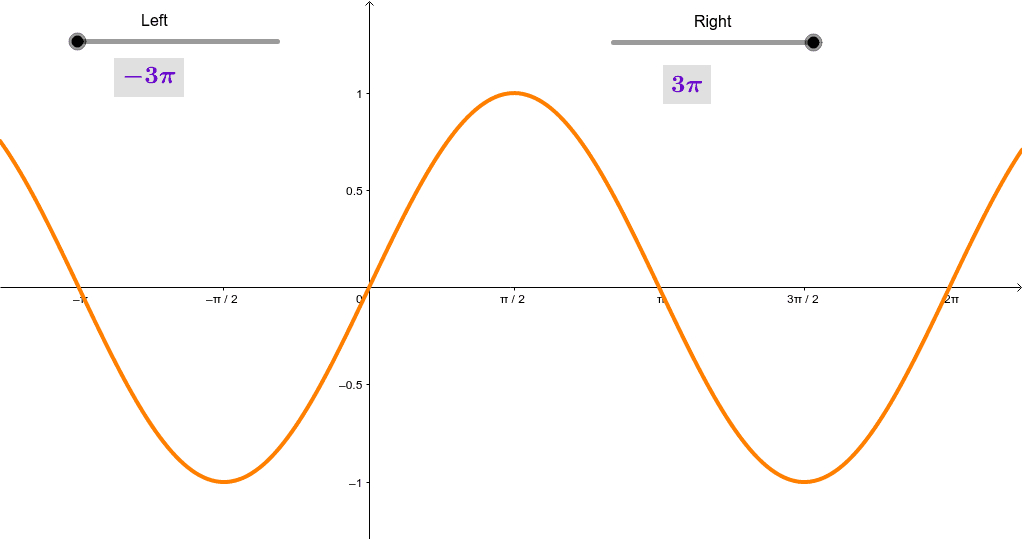
y=cosx parent graph

y=tanx parent graph
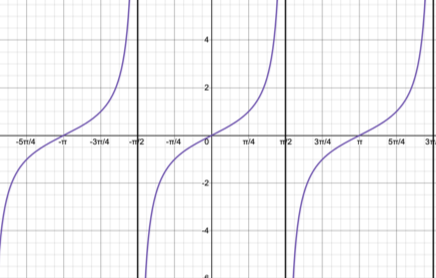
y=cscx parent graph
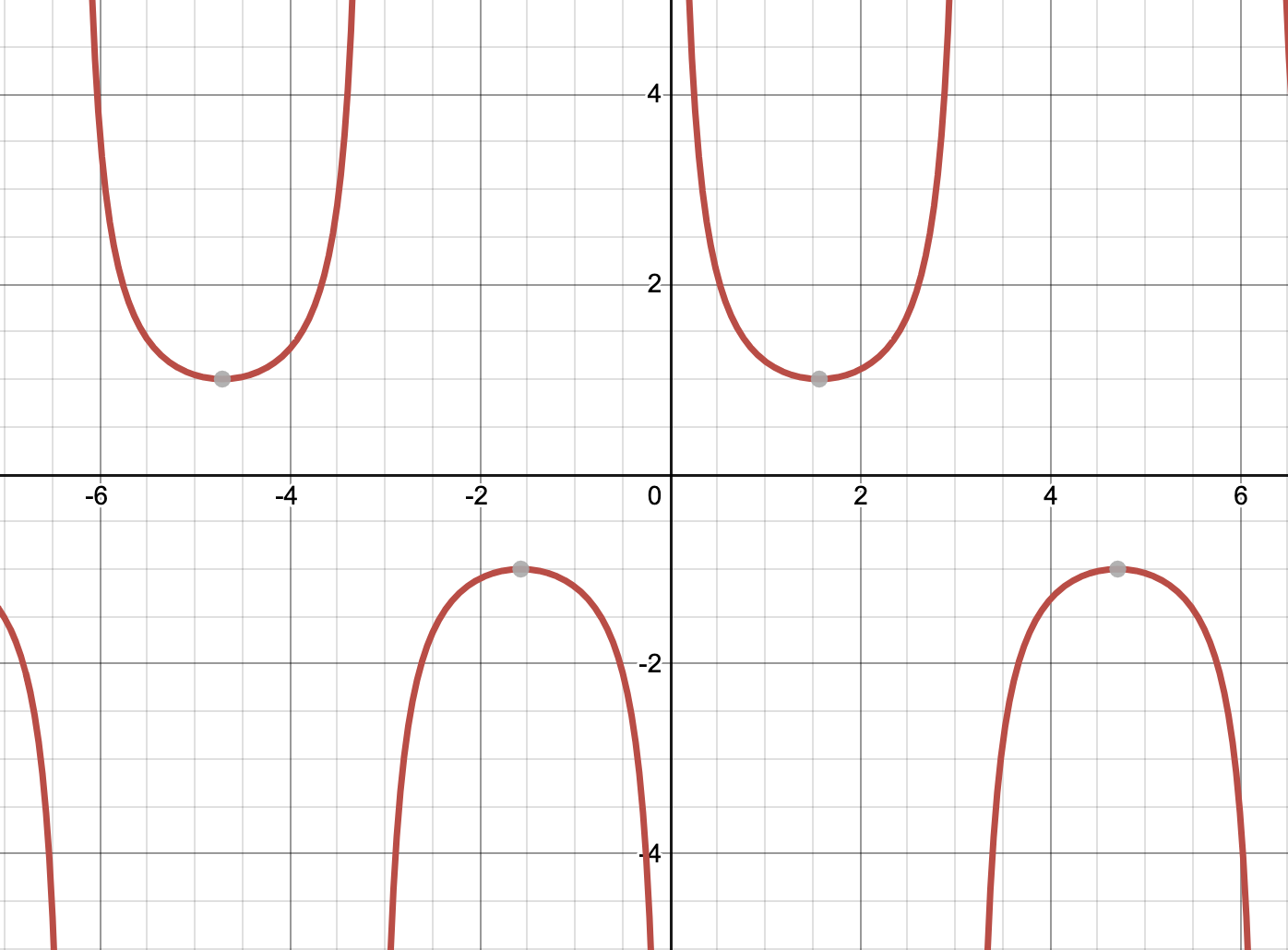
y=secx parent graph
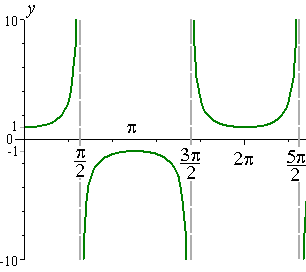
y=cotx parent graph

y=arcsinx parent graph
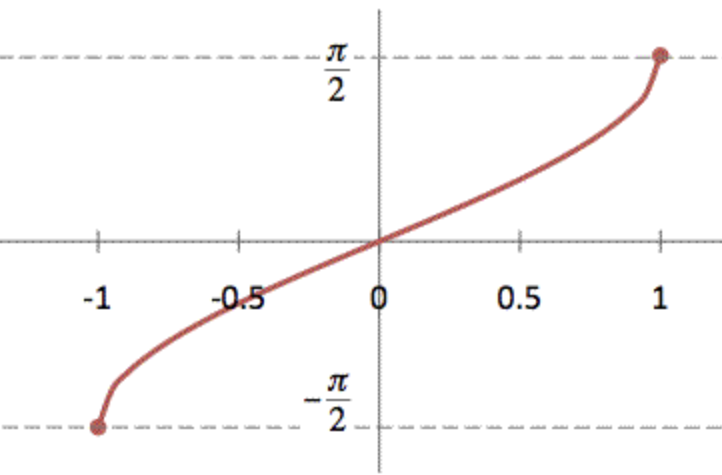
y=arccosx parent graph

y=arctanx parent graph

even function — graphically
symmetric over y axis
even function — algebraically
f(-x)=f(x)
odd function — graphically
symmetric about the origin
odd function — algebraically
f(-x)=-f(x)
parabola conic formula
(y-k)²=4c(x-h) or (x-h)²=4c(y-k)
vertex/center of conic
(h,k)
what is c in a parabola
distance between vertex and focus
ellipse conic formula
((x-h)²/a²) + ((y-k)²/b²)=1 or ((y-k)²/a²) + ((x-h)²/b²)=1
ellipse pythag formula
b²+c²=a²
ellipse AND hyperbola length of major axis and minor axis
2a, 2b
ellipse AND hyperbola distance between foci
2c
hyperbola conic formula
((x-h)²/a²) - ((y-k)²/b²)=1 or ((y-k)²/a²) - ((x-h)²/b²)=1
hyperbola pythag theorem
b²+a²=c²
eccentricity — parabola
Pf/Pd = 1
eccentricity — ellipse
0 < Pf/Pd < 1
eccentricity — hyperbola
Pf/Pd > 1
intermediate value theorem
If f(x) is continuous on [a, b] then for every y between f(a) and f(b) there exists an x = c between a and b such that f(c) = y
a limit is continuous if…
f(c) exists
lim as x —> c of f(x) exists
lim as x —> c of f(x) = f(c)
remainder theorem
if a polynomial function, f, is divided by (x - a), then the remainder is f(a).
factor theorem
if (x - a) divides a polynomial function, f, evenly, then f(a) = 0
slope of secant line to f(x) on [a,b]
(f(b)-f(a))/(b-a)
slope of tangent line to f(x) at x=c
the derivative and f’(c)=lim as x—>c. of (f(x)-f(c))/(x-c)
exponential functions and logarithmic functions are…
inverses of each other (y=logbaseb(x) ←> b^y=x)
definition of e
e^x = lin as n→infinity of (1+(x/n))^n
compound interest — n times per year
A=P(1+(r/n))^nt
compound interest — continuously
A=Pe^rt
log base b of c =
(log base a of c)/(log base a of b)
log base b of xy =
log base b of x + log base b of y
log base b of x/y =
log base b of x - log base b of y
log base b of x^y=
y*log base b of x
sin(theta) =
y/r
cos(theta)=
x/r
tan(theta)=
y/x
domain and range of y=sinx
D:(-infinity,infinity)
R: [-1,1]
domain and range of y=cosx
D:(-infinity,infinity)
R: [-1,1]
domain and range of y=tanx
D: x=/ (pi/2) + pi*k (k э z)
reciprocal of csc(theta)
1/sin(theta)
reciprocal of sec(theta)
1/cos(theta)
reciprocal of tan(theta)
1/cot(theta)
domain and range of y=arcsinx
D: [-1,1]
R: [(-pi/2),(pi,2)]
domain and range of y=arccosx
D: [-1,1]
R: [0, pi]
domain and range of y=arctanx
D: [-infinity, infinity]
R: ((-pi/2),(pi,2))
SAS area formula
A(triangle) = .5absinC
law of sines
a/sinA = b/sinB = c/sinC
law of cosines
a²=b²+c²-2abcosA
sinusoidal func equation
y=Asin(b(x-c))+D or y=Acos(b(x-c))+D
A in sinusoidal func
amplitude
period in sinusoidal func
2pi/b
c in in sinusoidal func
phase shift
D in sinusoidal func
vertical displacement
pythag IDs
sin²(theta)+cos²(theta)=1
1+cot²(theta)=csc²(theta)
tan²(theta)+1=sec²(theta)
even/odd IDs
sin(-x)=-sinx
cos(-x)=cosx
tan)-x=-tanx
co-function IDs
sin(90-x) = cosx
cos(90-x) = sinx
csc(90-x) = secx
sec(90-x) = cscx
cot(90-x) = tanx
tan(90-x) = cotx
quotient IDs
tanx = sinx/cosx
cotx = cosx/sinx
sin(A+B)=
sinAcosB+cosAsinB
cos(A+B)=
cosAcosB - sinAsinB
tan(A+B)=
(tanA+tanB)/(1-tanAtanB)
complex numbers rect form
x+yi
complex numbers polar/trig form
r*cisx where r>0, 0<x<2pi
magnitude — rectangular
|x+yi| = sqrt(x²+y²)
magnitude — polar
|r*cisx| = r
argument — rectangular
arg(x+yi) = arctan(y/x) or arctan(y/x)+pi
argument — polar
arg(rcis(theta))=theta
multiplication law/ De Moivre’s Theorem
acisa*bcisb = abcis(a+b) / (rcisx)^n = r^n cis(n*pi)
polar coordinates
(r,theta)
converting between rectangular and polar equations
x=rcos(theta)
y=rsin(theta)
tan(theta)=y/x
x²+y²=r²
combinations definition
order does NOT matter, n over k = nCk = n!/((n-k)!k!)
permutations definition
order matters, n!/(n-k)!
n over k is…
the number in row n column k of Pascal’s Triangle where the first row is row zero and the first column is column zero
(n-1 over k) + (n-1 over k+1)
the binomial theorem
(a+b)^n = (n over 0) a^n + (n over 1) n^(n-1)b^1 +…
gicen an arithmetic sequence of a, a+d, a+2d …
an = a1 + (n-1)d
n sigma (k=1) (a1+(k-1)*d) = (a1+an)(n/2)
This is Gauss’ method and instead of using the formula you can just use the fact
(first term + last term) (# of pairs/2)
If you are given a geometric sequence of a1, a1*r, a1*r² …
an = a1*r^(n-1)
n sigma (k=1) (a1*r^(k-1)) = a1(1-r^n)/(1-r)
This is Euclid’s method and you can derive it by multiplying the sum by the common ratio and then subtracting the equations
if |r| < 1 then infinity sigma (k=1) (a1*r^(k-1)) = a1*(1/(1-r))
n sigma (k=1) (k) =
(n(n+1))/2
n sigma (k=1) (k²) =
(n(n+1)(2n+1))/6